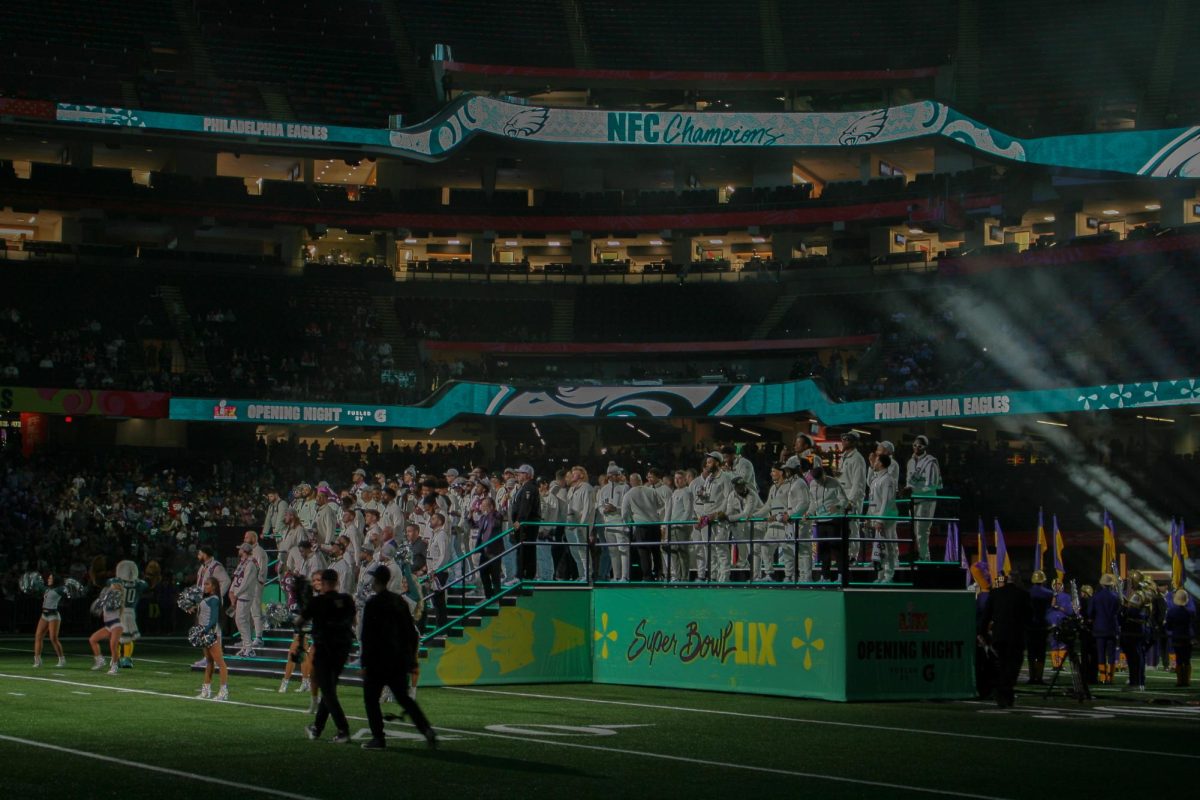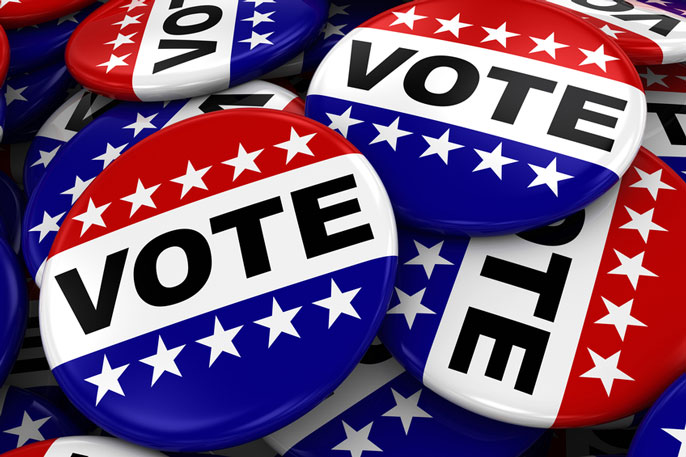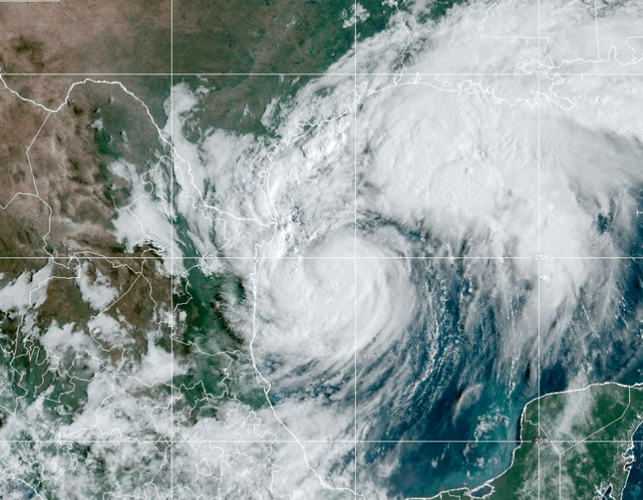
NEW ORLEANS (November 19, 2021) – Dillard students received nearly $6 million in emergency pandemic relief funds since 2020, according to DU officials.
The Coronavirus Aid, Relief and Economic Security Act, also known as the CARES Act, and two supplemental bills provided funds for students across the nation affected by the COVID-19 pandemic. Congress passed CARES in March 2020 and the Coronavirus Response and Relief Supplemental Approprations Act, or CRRSAA, in December 2020, for supplemental funds.
David Page, vice president of enrollment management, said he hopes DU students and others realize the significance of the action. “[T]he government did not have to support students in this manner…As Dr. [Walter] Kimbrough mentioned, the students should be thanking Congress for this free money that is unprecedented.”
Students can use these funds to cover expenses that fall under their cost of attendance – food, housing, course materials, technology, health care and child-care expenses. The money does not have to be paid back, and colleges are prohibited from using this money to cover institutional expenses.
The three bills and the $5.84 million provided to Dillard students include:
- CARES: $1.22 million
- HEERF II (a CRRSSA supplemental appropriation, named for the entity disbursing the funds, the Higher Education Emergency Relief Fund, or HEERF): $1.22 million
- HEERF III (another CRRSSA supplemental appropriation): $3.39 million.
As Page explained it, the difference between CARES and CRRSAA is timing: CARES provided funding mostly during 2020 and CRRSAA for 2021. Other differences mean that while a person might have been eligible for CARES funding, he or she might not have been eligible for CRRSSAA, or vice versa.
CARES
In the first round, some 1,130 eligible students received an average of $820 in block grants.
The two main requirements for students to receive CARES Act funds are Title IV eligibility (being able to receive federal financial aid) and meeting and maintaining Satisfactory Academic Progress.
Page said, “Dillard chose to award all eligible students something, considering the neediest first and reserving some funds for those who demonstrated a greater impact to be awarded through what we called the application process.
“We did not feel it was prudent to exclude individuals just because they had a higher EFC (expected family contribution). He said the school followed the same policy for the supplemental funds as well.
HEERF II and HEERF III (supplementals)
The Coronavirus Response and Relief Supplemental Appropriations (CRRSAA) Act was passed in December 2020, creasting the HEERF II and HEERF III funds.
Nearly 1,110 eligible students received an average of $800 in block grants in HEERF II funds. After distribution of those funds, students could apply for additional funds, and the average amount was $1,500, Page said.
Dillard received nearly $3.4 million in HEERF III funds, according to the HEERF III Funding Update September 2021 report. Nearly 1,200 eligible students received an average of $2,500 in block grants. Unlike CARES and HEERF II funds, none of the HEERF III funds were retained for an application process, so all funds were distributed up front.
A committee came up with a “formula” to ensure fairness with the division of money. First, students must meet the requirements. Even though all students are eligible, the students most in need of money come before everyone else. A student’s EFC would determine how much money he or she would receive. Funds were distributed via check or direct deposit to a student’s checking/savings account.
Nearly $1 billion in emergency aid has been given to HBCUs since the start of the pandemic. More than 20 HBCUs have used the federal funds provided by the CARES Act to clear student debt. According to Mia Berry, HBCU reporter for The Undefeated, Dillard has cleared the balances of around 260 students totaling nearly $485,000.



























